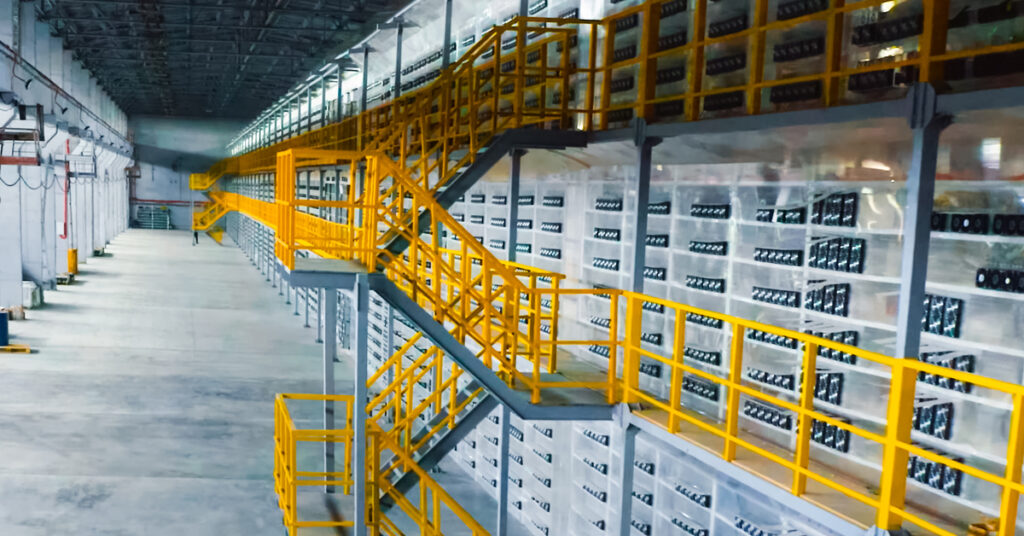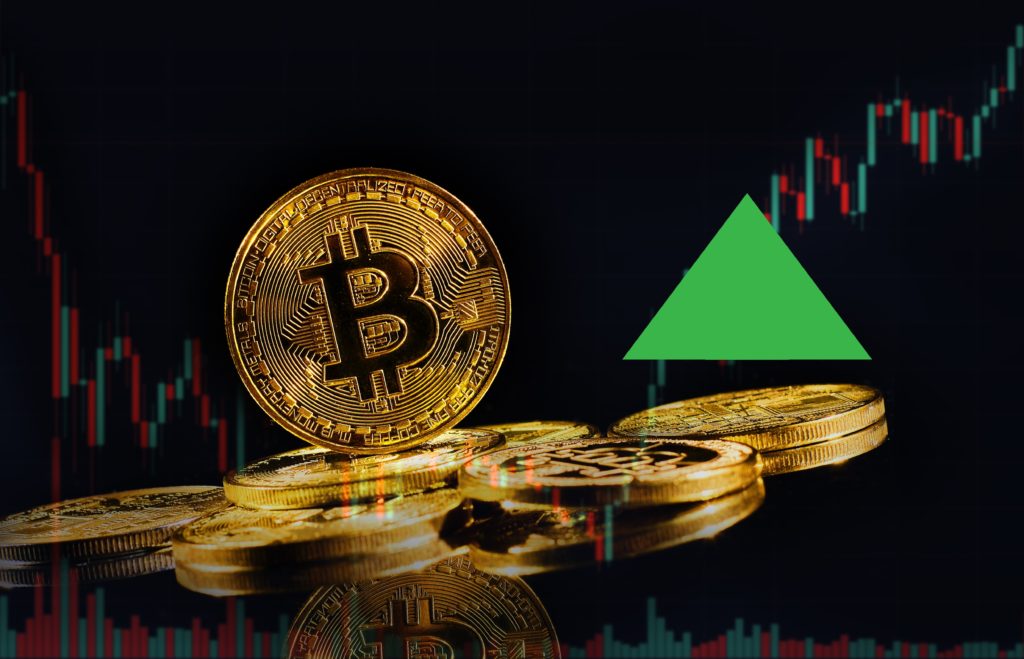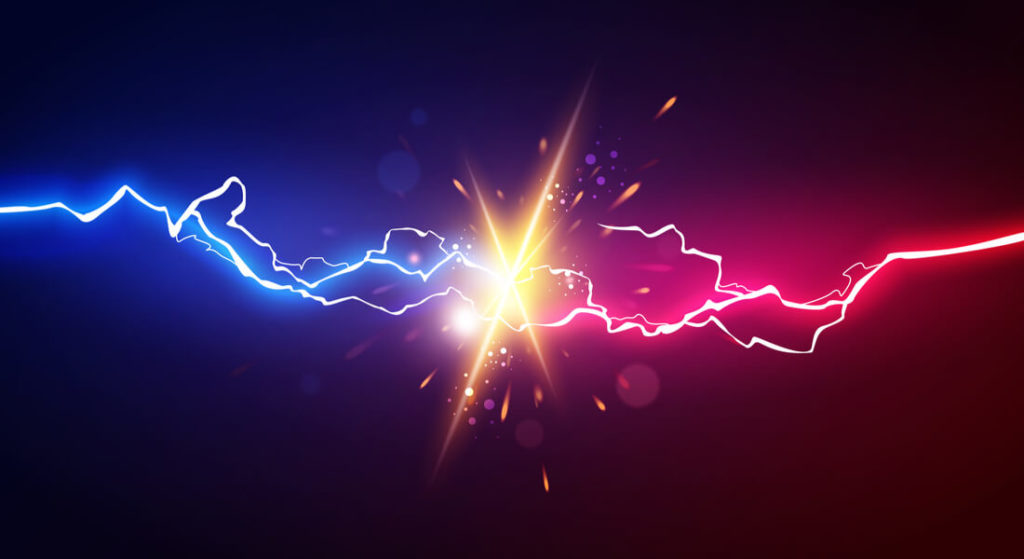
Why Have Bitcoin Miner Fees Spiked and What Can You Do About It?
You may have noticed the sky-high Bitcoin transaction fees at the moment, currently averaging $30 per transaction down from an all-time high of $62 per transaction last week. But what are Bitcoin miner fees, why have they skyrocketed lately and how can you pay lower fees?
How are miners paid?
Let’s start with the basics. When you decide to transfer Bitcoin – or indeed, any other cryptocurrency – to another crypto wallet, this transaction is recorded in a public ledger system known as a blockchain.
Transactions are grouped into ‘blocks’ and linked together on the blockchain through the use of cryptography, a method of keeping digital information secure so that only the intended recipient of the information can read and process it. Each block contains verified details of the transaction, including a timestamp, transaction data, and a cryptographic hash of the previous block.
Here is where fees come in. The Bitcoin blockchain is maintained via a process known as Bitcoin mining which involves solving complex equations in order to add new blocks of transaction records to the ledger.
Users set miners fees
Bitcoin transaction fees (also known as miners’ fees) allow users to prioritize their transaction by incentivizing miners. When miners solve the cryptographic problems that secure the network and “mine a block”, they receive a block reward.
If you pay a high fee, you can expect to have your transaction processed faster. If you pay a low fee, you need to wait longer for your Bitcoin to appear in your wallet. Until that time, it will be held in a ‘waiting area’ called a mempool (memory pool).
Bitcoin fees are flat
In contrast to the transaction fees charged by banks, the price of a Bitcoin transaction fee does not depend on the amount of money you’re sending. The fee for sending $10 worth of Bitcoin is the same as sending $1,000,000,000 worth of the currency.
Bitcoin fees are measured in units called “satoshis per byte of data” or sat/byte. One satoshi is the smallest denomination of a Bitcoin. 100,000,000 satoshis make up one Bitcoin.
This means that instead of paying for every Bitcoin you send, you pay for the amount of data in a block your transaction is taking up. It tends to take longer for miners to reach a consensus on larger-size blocks, due to the greater difficulty of mining these blocks.
A block can only hold a finite amount of transactions (the average amount right now is 2500), so when a great number of transactions are waiting to be confirmed, the miner will prioritize a transaction based on the size of its miner fee.
Wallets can overestimate the fee required
One issue being faced by wallet developers at present is the creation of a proper fee estimation algorithm. Many Bitcoin wallets work by harnessing data from sites that can fail to adapt to swings in fee prices fast enough. Even during market phases when a transaction with a fee of 40 sat/b gets confirmed in ten minutes, some sites will still recommend fees that are much more costly than that.
It is expected that in time, the development of more effective software will enable people to set more competitive Bitcoin fees, leading to a more accurate fee market.
Why are Bitcoin fees spiking right now?

In mid-April, a large amount of Bitcoin miners in China were affected by blackouts that swept the Xinjiang region after a water leakage in a coal mining plant caused the central and local governments to temporarily shut down coal mining operations. As it is still the “dry season” in China, Bitcoin mining operations that normally rely on hydroelectric power instead use energy from these power plants.
This has caused a dramatic drop in Bitcoin’s hashrate – the computational power used to mine and process transactions. It fell by around 25%, to 125 exahashes per second, meaning that transactions were being processed at a slower rate than usual and consequently, users were raising their fees in order to jump the queue and get their transactions handled faster.
This situation was compounded by a pre-existing challenge to Bitcoin’s hashrate: a bull run that stretches back to last November. Blocks of transactions had previously been processed every ten minutes, but high mining difficulty and the low network hashrate has led to some blocks now taking an hour or more to complete.
The good news is that mining difficulty adapts to changes in hashrate. It is automatically recalibrated after every 2,016 blocks, roughly every two weeks. This indicates that a drop in difficulty from the current all-time-high should take place over coming hours which should cause Bitcoin fees to decrease.
Is the Lightning Network the solution?

One potential solution that has been proposed within the Bitcoin community is the Lightning Network. The Lightning Network is a new payment protocol designed to be layered on top of Bitcoin. It is intended to enable faster transactions among participating miners and drastically reduce network fees to under a cent. Settlement time for Lightning Network transactions can take under a minute, whereas confirmation times on the bitcoin blockchain can take far longer.
What does this all mean for Bitcoin?
At present, Bitcoin remains a valuable investment because it is arguably the most secure network on earth. But if you are simply trying to send a small amount of currency fast, it is no longer the best choice. Other cryptocurrencies such as XRP, LTC and BCH have far lower transaction fees, and may be a better option for everyday transfers.
If you need to transfer Bitcoin, one way to lower the transaction fee is to opt for a longer waiting time. As an Xcoins user, you have the option to batch your transactions and pay a network fee several times lower than average if you are happy to wait up to an hour to receive your Bitcoin. To do this, simply select “normal” when paying for your order, rather than “fast”.
To stay up to date on all things crypto, like Xcoins on Facebook, follow us on Twitter and LinkedIn and sign up at the bottom of the page to subscribe.

